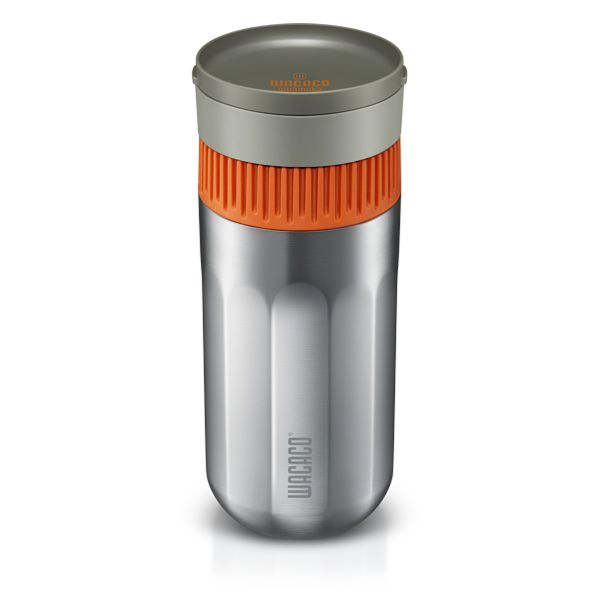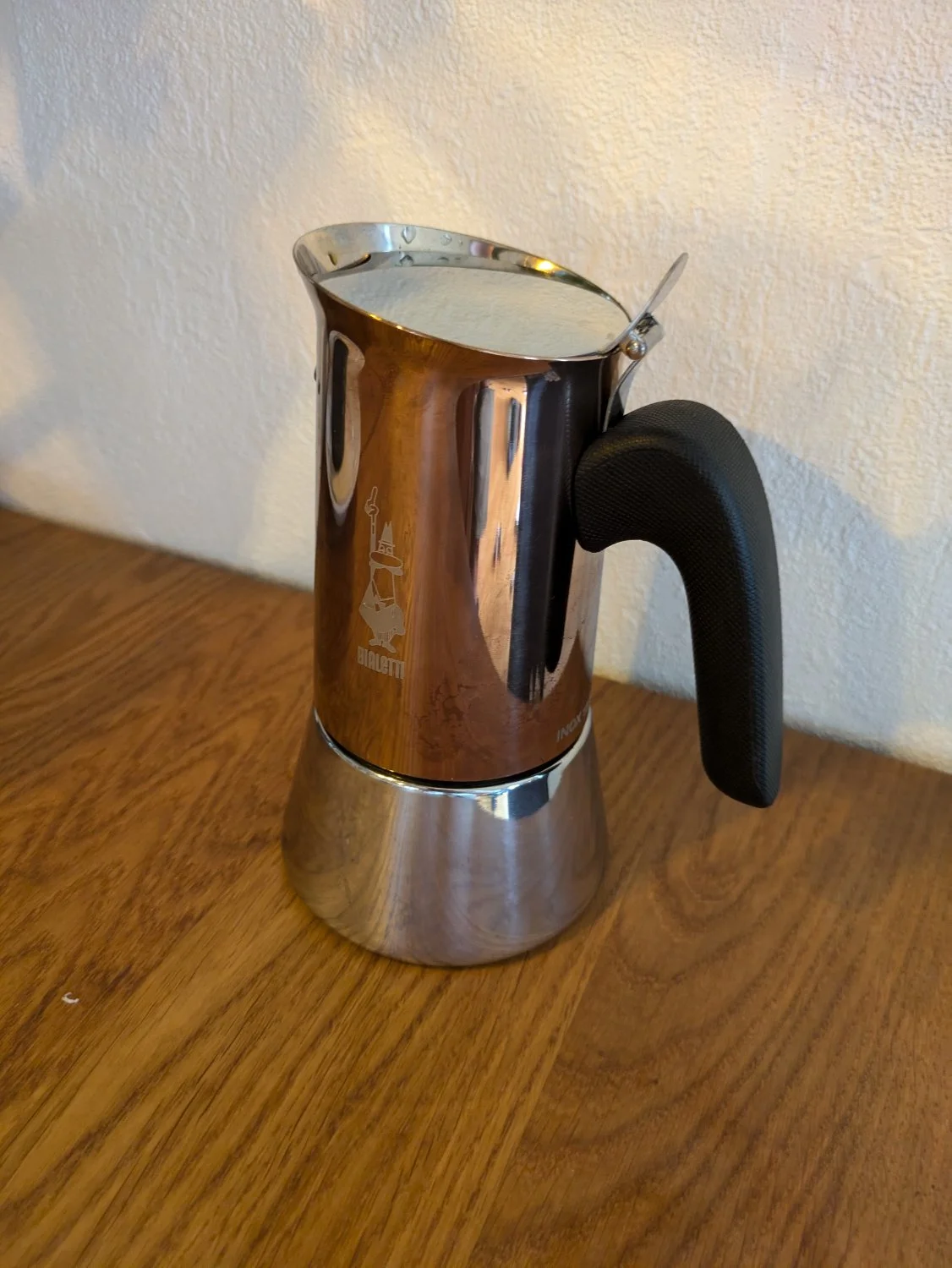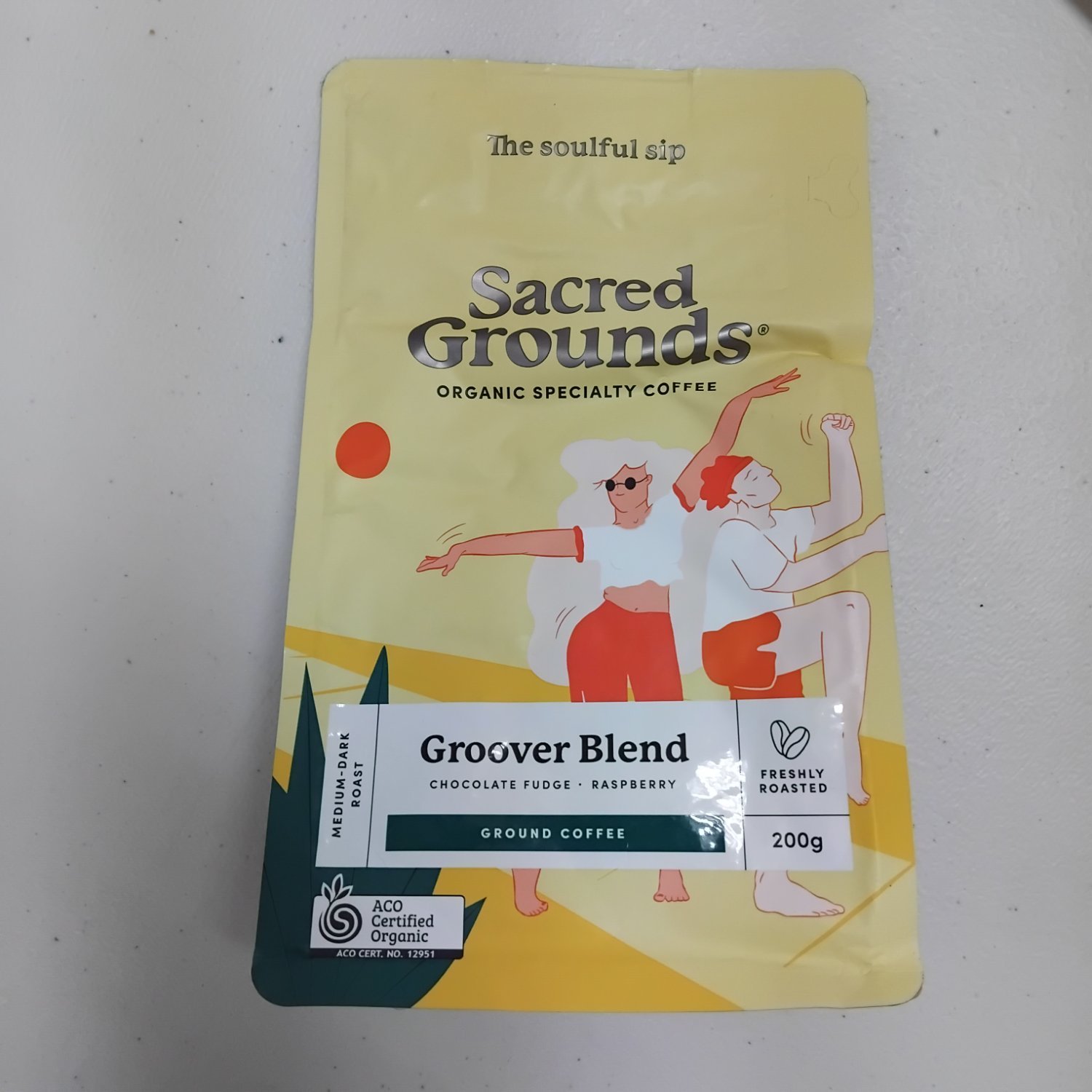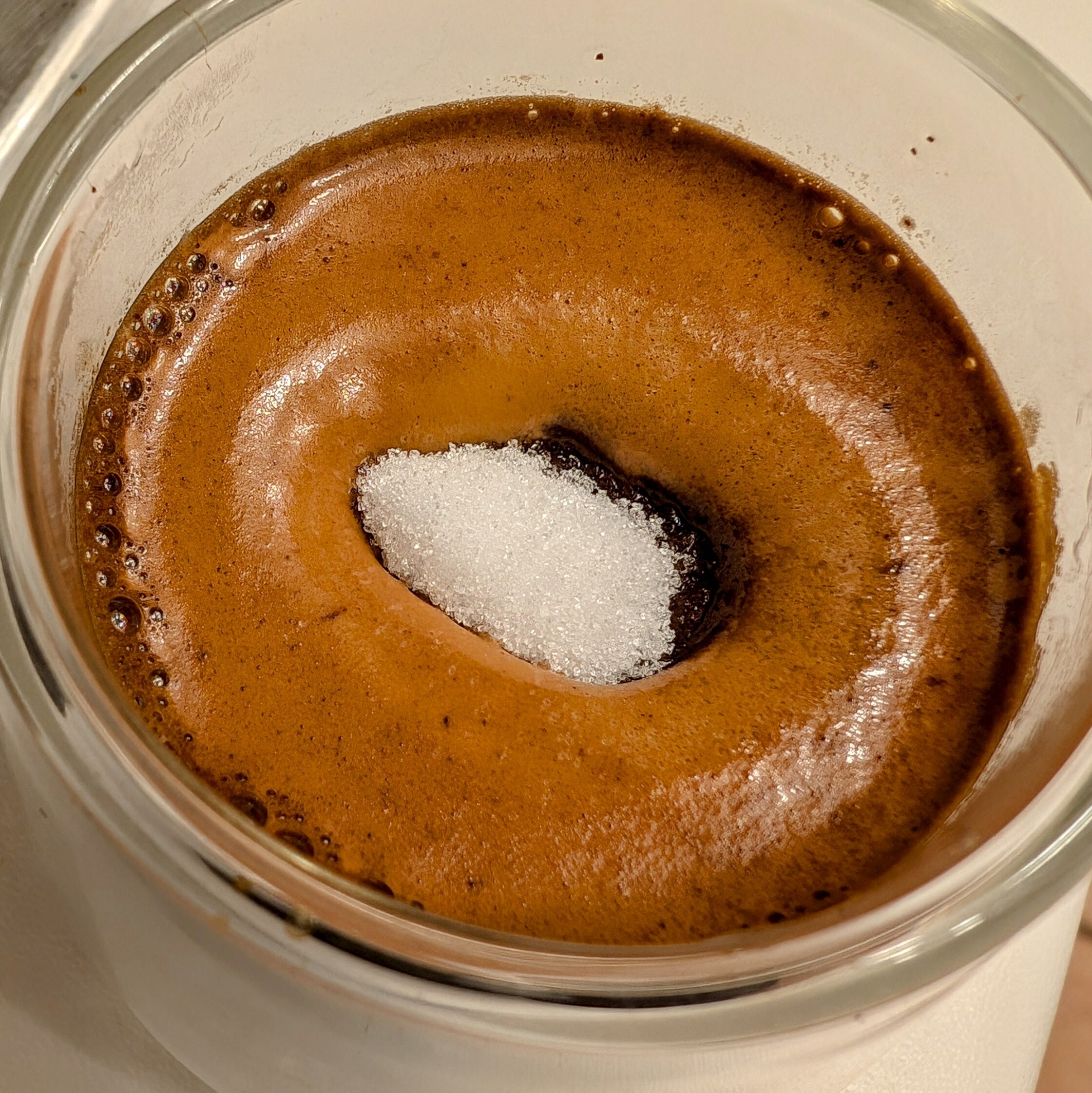Tried this for a week on the road and it's become my go-to travel brewer.
I'm a pour-over nerd and am happy to drink some mediocre cups here and there in the name of constant experimentation. Little mishaps that can occur during my delicate pour-over process get canceled out by the home runs. However, the combination of not having all my toys and tools when traveling and not always having good backup methods available if things go south has led me to the conclusion that pour-over is not the best fit for me outside my home environment. For several years I've been using an Aeropress Go when traveling. I hesitate to say anything negative about the beloved Aeropress on a coffee forum, but I was most often disappointed. People like the Aeropress for approximately the same reasons I like pour-over. It allows for the kind of fussiness to tweak and perfect brew recipes. I found differences with grind size, ratios, the amount of water used on my bypass, differences with the number or even the location of the stirs etc. etc. I've decided that I want to keep my tweaking confined to my home pour-over setup, and that I'd like all my other brewing methods to be more forgiving but with a reliably good outcome. When I heard about the pipamoka, it sounded like and attractive travel alternative.
I played with it for a couple of weeks at home and then took to the road for a week with it. If you haven't heard of this thing - it's an insulated travel mug with a submersible puck with metallic filters on both sides of it. You fill the puck with medium size grounds (12-14g) and then with up to 245 mL of heated water. By slowly twisting an orange ring at the top of the cup you elevate the grounds puck up through the entirety of the water. You then remove the puck and elevator mechanism and can pour the coffee or pop the included lid on it and keep it insulated for hours. It produces a rich cup that has some real depth, and while slightly closer to the French Press side of things, I found it allows for the notes of a medium to medium light roast to shine through much brighter than FP does. It’s consistent as hell.
Here's why I love it for travel:
- It brews a bigger cup than my Aeropress Go. No bypass is needed here and the brewer doubles as an insulated cup which I think is awesome. It also pours very neatly though too.
- I typically brew for two but often an hour or two apart. The Aeropress meant that I either had to find an insulated vessel when traveling for the second cup or be available to brew on demand. Now I can brew and decant the first cup for myself, rinse things out, and then immediately brew another cup knowing it will stay warm in the insulated brew chamber for hours.
- Cleanup involves rinsing or washing the cup, quick rinse of elevator mechanism, dumping out grinds from puck (not too bad), and rinsing out the filter puck. It’s minimally more involved than the aeropress go, but not really if you consider needing a cup and in my case often some sort of insulated vessel for the aeropress. Overall, it’s easy.
- Forgiving with grind. Medium / Medium coarse works well. I didn’t tweak much, but somewhere around a 5 on Ode Gen II stock bur was perfectly good and here’s another thing – I have not been travelling with a grinder. I used the pre ground medium grind grocery store stuff on the road and IMO that stuff is far too coarse for the Aeropress, but works very well with the Pipamoka. Serious points for travel flexibility on this one. I am going to buy a portable grinder for my next trip I think though. I have arthritis and don’t love portable grinders because of that, but I’m still planning to give it a try to see if I can step the Pipamoka flavor up just a tad more.
- Forgiving with the brew time. I started out timing my rotations to match the two minute recommended extraction time, but quickly resorted to just sitting on the couch and twisting this thing at a very steady relaxed pace (probably taking closer to 2.5min on average I would estimate). It really didn’t seem like a super-crucial variable in the brew outcome.
Things I don’t love about the Pipamoka:
-
I already mentioned my concerns about a portable grinder due to arthritis. Well, the pipamoka requires a pretty decent amount of force to rotate and you have to turn it quite a bit. It’s not terrible though, you get into a slow rhythm and if you don’t have arthritis, I doubt you’d mind at all. However, the ring that you rotate does get quite warm. I used 205F water at home, and water 30s off boil on the road. If you have sensitive skin at all, this ring does get uncomfortably warm. I didn’t like this and it seemed obvious for both better grip and heat insulation that this knob should probably have a bit better grip design and be rubberized.
-
Filling the puck with grounds is much more of a pain than it should be. There’s an extra part which is a little cuff that helps keeps your grounds from overflowing out of the puck while you scoop them in. First, I didn’t love that there was one more thing to rinse/wash/potentially lose. Most importantly though, there is yet another included part that is even easier to lose, but is quite important. There is a little brush that you need to brush grounds off the lip of the puck and push them toward the center so you can properly seal the fenestrated puck cover. If you used the recommended amount of grounds it’s really overflowing and I’m guessing this is because it’s designed so you end up with some compression packing on the grounds. It seems like perhaps a deeper puck and a little tamp would be a better solution. There has to be a less fussy way to do this. I really hope Wacaco releases a second version of this at some point that addresses this.
Mehs
-
I remember not bringing enough paper filters for my Aeropress on a trip once and having to use paper towels. It wasn’t terrible actually, but I’m a fan of how paper filters crisp up coffee flavor and really like the idea of them holding back cafestol and adding one less thing to my diet that is trying to corrode my cholesterol numbers. For travel though, a good metal filter that keeps fines out really does make more sense than having to worry about your consumable stock.
TLDR: If you are a coffee control freak and really want to tweak and perfect your brew when traveling, consider the Aeropress option (Frankly, would just go with regular Aeropress – the “Go” isn’t all that much more portable and it’s too small IMO). If you want a reliable simple brew that you might not be able to achieve coffee nirvana with, but that will make a consistently good cup that stays warm, I currently think the Pipamoka takes the cake.







